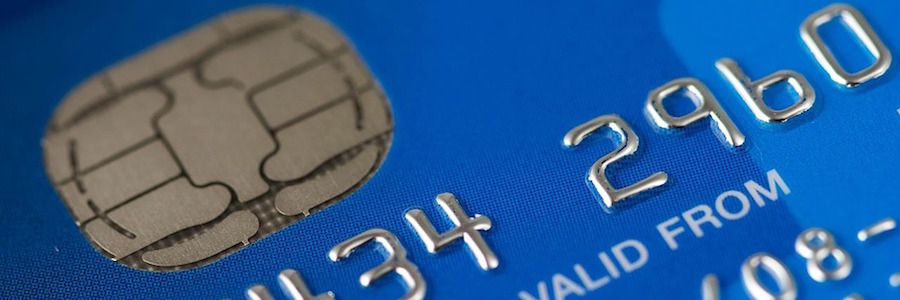Easing Smart Chip Hassles

Though US consumers only hold 24 percent of the world’s credit cards, they are the most frequent targets of stolen data. In fact, a 2015 reports notes that 47 percent of global credit card fraud happens in the US. Major incidents involving stolen data from retail and restaurant chains made international headlines and caused those companies massive financial losses. One of the primary reasons that US cardholders have historically been easy targets is the country’s long delay in adopting smart chip credit card systems.
Combating Fraud with Smart Chip Technology
Non-chip credit and debit cards have payment information encoded in the magnetic strips. This information never changes, so scammers have developed methods of duplicating the data and using it for fraudulent purposes. Smart chips eliminate the benefits of duplicating magnetic strips because the chips create and send a one-time use code through the reader to approve the purchase.
This technology has been highly effective in reducing credit card fraud in other countries, which benefits businesses, financial institutions and card holders. For example, losses due to counterfeit cards dropped 70 percent in the UK between 2005 and 2013. In an effort to encourage credit card companies to adopt smart chips, Congress passed legislation encouraging the use of chip cards effective October 1, 2015, which prompted financial institutions to implement the change.
The Downside of Smart Chip Technology
Though smart chips have been standard technology in most countries for many years, the US has been slow to catch up. Financial institutions were not enthusiastic about replacing over one billion cards, and companies of all sizes were concerned about the expense of transitioning from traditional card swiping systems to chip card readers.
There have been other issues with the cards, as well. For example, the additional technology means a greater likelihood that cards become damaged and unreadable, and the use of smart chip cards means more check out time per customer. These valuable seconds add up in high-volume stores. During the transitional period, consumers required additional assistance in using the new card readers, adding additional time to the checkout process.
Finally, some detractors objected to the change because smart chips only add security to in-person transactions. When consumers make a purchase online or in other situations where the card is not physically handled by the business, smart chips are not accessed.
Businesses can make the change to smart chip cards easier for customers by taking some proactive steps, including clear, illustrated instructions and training cashiers to provide advice and troubleshooting. Many credit card systems for small business offer additional tools to ensure a smooth transition.